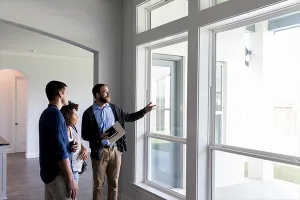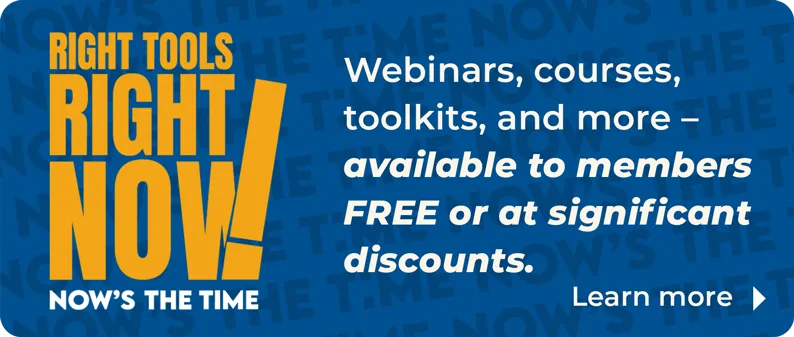
A record number of new apartments—more than half a million—are expected to hit the market by the end of the year as high rental demand continues to fuel a multifamily construction boom, according to a new report from RentCafe. This would mark the third consecutive year that apartment construction reaches a new high and the first year that the number of completed apartments would surpass 500,000.
The increased supply is expected to slow rent growth, which would be welcome news to renters. The average rent for an apartment in the U.S. is $1,713, according to RentCafe. The New York metro area continues to see the biggest increases in new apartment inventory in the nation, followed by fast-growing markets in Texas, like Dallas and Austin.
The new inventory comes at a time when the real estate market is facing a housing shortage. Even with the uptick in apartment construction, however, the report says demand continues to outstrip supply in meeting the most significant growth in the renter population over the last 50 years.
20 Booming Apartment Markets
Nearly 60% of the new apartments expected to open this year are centered in just 20 metros.

About 2 million new apartments are scheduled to arrive on the market by 2028, but a slowdown in the multifamily sector is likely before that goal is reached, according to RentCafe’s report.
Developers are expected to deliver 15% fewer apartments in 2025 compared to 2024’s blockbuster year. “Most markets won’t see the impact of rapidly falling starts translating to lower completion levels until the second half of 2025—and more likely in 2026,” says Doug Ressler, senior analyst and manager of business intelligence at Yardi Matrix, which owns RentCafe. “All said, this massive drawdown in starts across all regions sets the stage for a very different industry trajectory come 2026 and 2027.”
Researchers predict that by 2027, apartment construction will dip to a “10-year low,” with 319,000 rentals opening nationwide. After that downfall, they forecast an upswing in 2028, which could even see a jump in new units by nearly 23% compared to the prior year.
The fluctuations expected over the next three years are due to ongoing challenges developers say they continue to face regarding high borrowing costs, which could prompt them to focus more on lower-risk projects and shift their focus to markets with the strongest housing demand and job growth.









